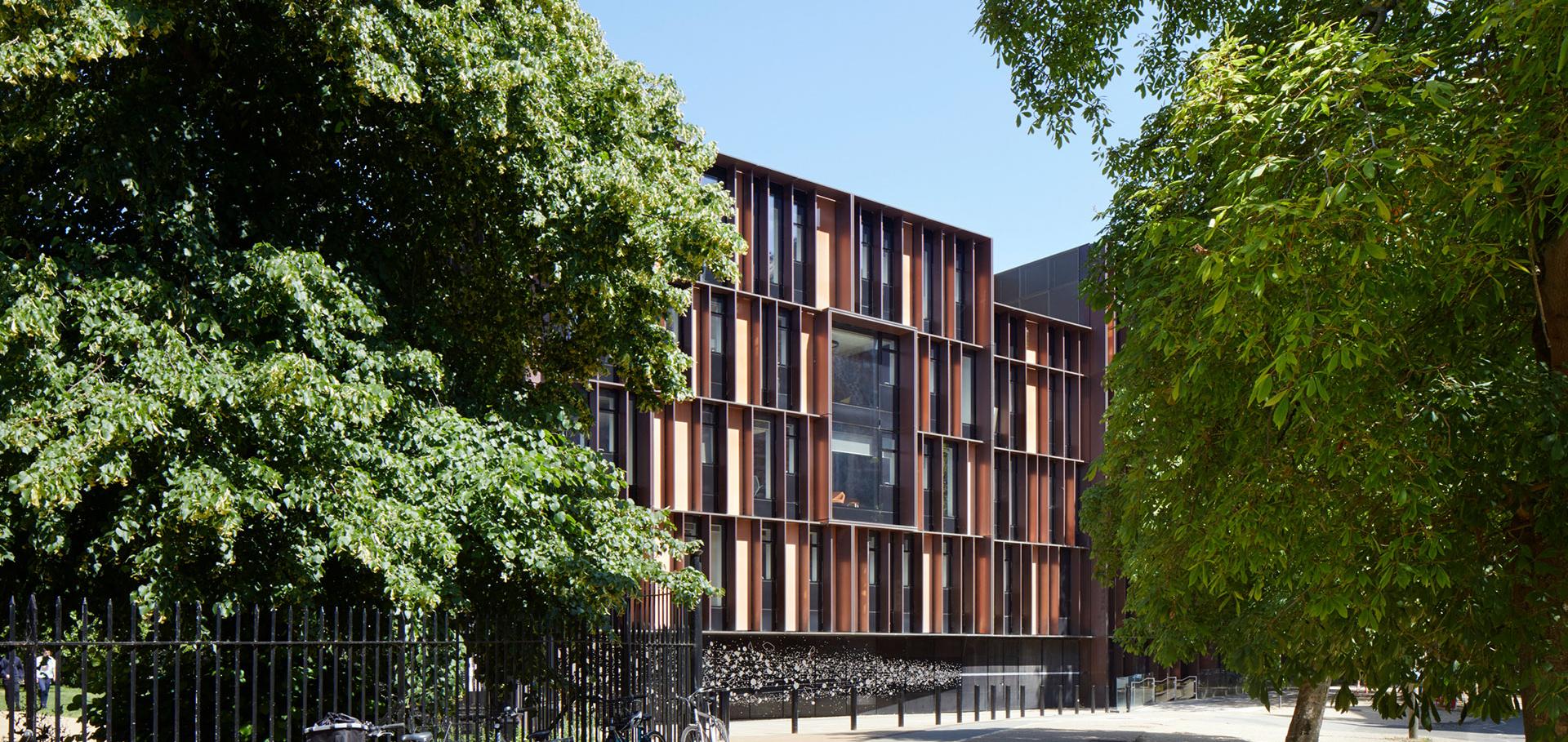Radiation hard optical links for the ATLAS SCT and pixel detectors
(2001) 1246-1247
Abstract:
A radiation hard optical readout system designed for the ATLAS Semiconductor Tracker (SCT) is described. Two independent versions of the front-end optical package housing two VCSEL emitters and an epitaxial Si PIN photodiode have been irradiated with neutron fluences over 10(15) n cm(-2), the level encountered in the ATLAS pixel detector. Environmental tests have been performed down to -20 degreesC. Extensive radiation and lifetime tests have also been carried out on the opto-electronic components and the front-end VCSEL driver and timing/ control ASICs. Bit error rate, cross-talk and single event upset measurements using irradiated devices show that the system meets the performance specification.Irradiation studies of multimode optical fibres for use in ATLAS front-end links
Nuclear Instruments and Methods in Physics Research, Section A: Accelerators, Spectrometers, Detectors and Associated Equipment 446:3 (2000) 426-434
Abstract:
The radiation tolerance of three multimode optical fibres has been investigated to establish their suitability for the use in the front-end data links of the ATLAS experiment. Both gamma and neutron irradiation studies are reported. A step-index fibre with a pure silica core showed an induced attenuation of approximately 0.05 dB/m at 330 kGy(Si) and 1×1015 n(1 MeV Si)/cm2 and is suitable for use with the inner detector links which operate at 40-80 Mb/s. A graded-index fibre with a predominantly germanium-doped core exhibits an induced attenuation of approximately 0.1 dB/m at 800 Gy(Si) and 2×1013 n(1 MeV Si)/cm2 and is suitable for the calorimeter links which operate at 1.6 Gb/s. Measurements of the dose rate dependence of the induced attenuation indicate that the attenuation in ATLAS will be lower.System tests of radiation hard optical links for the ATLAS semiconductor tracker
Nuclear Instruments and Methods in Physics Research, Section A: Accelerators, Spectrometers, Detectors and Associated Equipment 443:2 (2000) 430-446
Abstract:
A prototype optical data and Timing, Trigger and Control transmission system based on LEDs and PIN-diodes has been constructed. The system would be suitable in terms of radiation hardness and radiation length for use in the ATLAS SemiConductor Tracker. Bit error rate measurements were performed for the data links and for the links distributing the Timing, Trigger and Control data from the counting room to the front-end modules. The effects of cross-talk between the emitters and receivers were investigated. The advantages of using Vertical Cavity Surface Emitting Lasers (VCSELs) instead of LEDs are discussed.Radiation hardness and lifetime of VCSELs and PIN photodiodes for use in the ATLAS SCT
P SOC PHOTO-OPT INS 4134 (2000) 206-213
Abstract:
This paper reports the radiation hardness of optical components to be used in the binary readout of one of the next generation of detectors in high energy physics. The optical components will have to sustain a total ionising dose of 500 kGy and a 1 MeV equivalent neutron fluence of 10(15)n cm(-2). Emitters of VCSEL type have been chosen and have shown a shift of 1 mA in the laser threshold current after irradiation, but are still suitable for our purpose. The epitaxial Si PIN photodiode receivers have an acceptable 30% drop in responsivity providing a higher reverse bias is applied. Speed and lifetime of both components appear to be unaffected by the radiation damage. Temperature characteristics showing differences from un-irradiated materials will be also presented.Radiation-hard optoelectronic data readout for the ATLAS SCT
P SOC PHOTO-OPT INS 4134 (2000) 214-221


